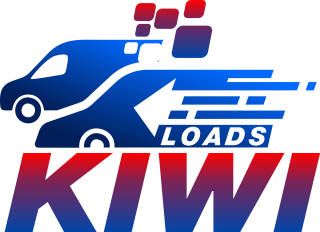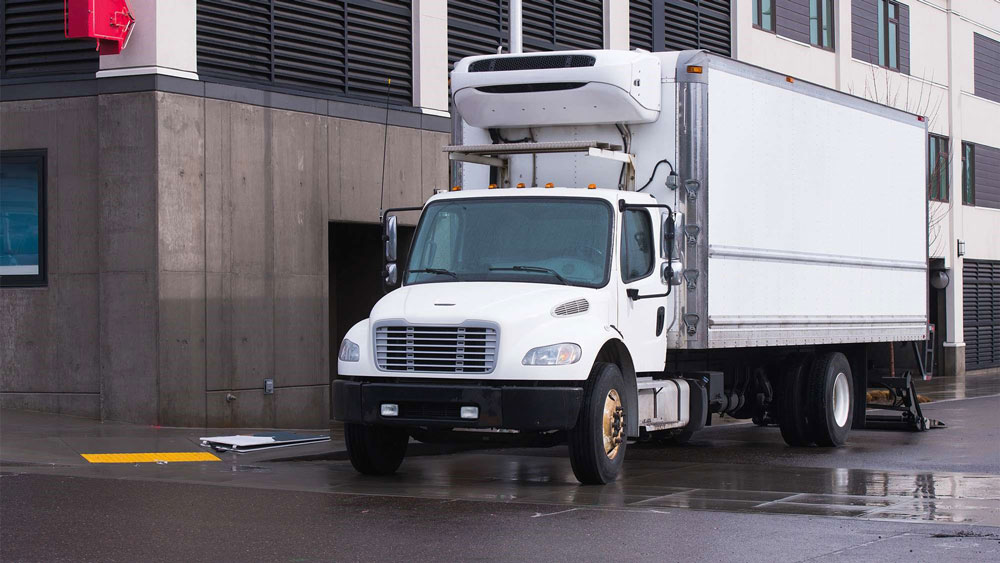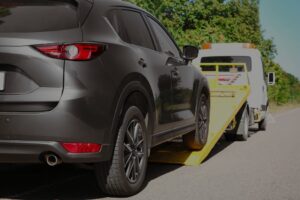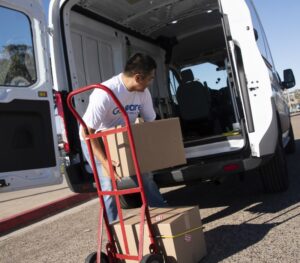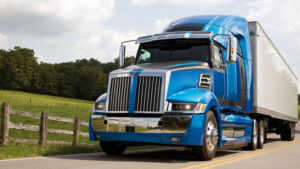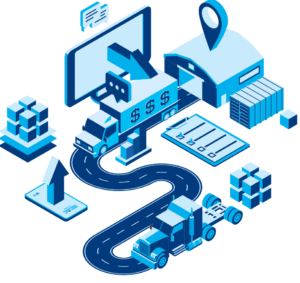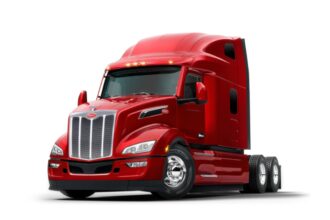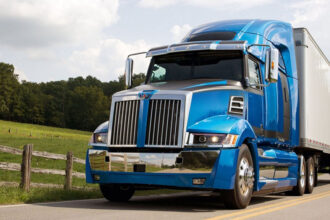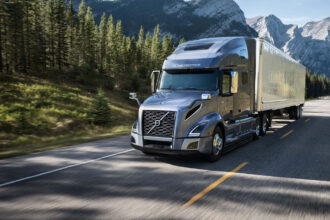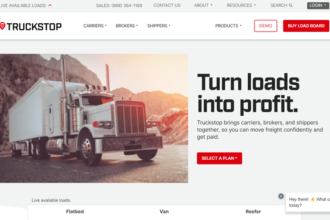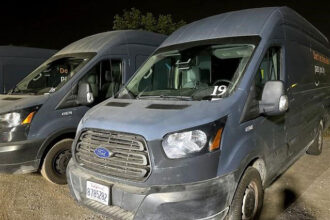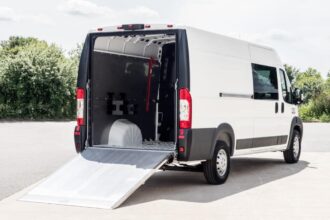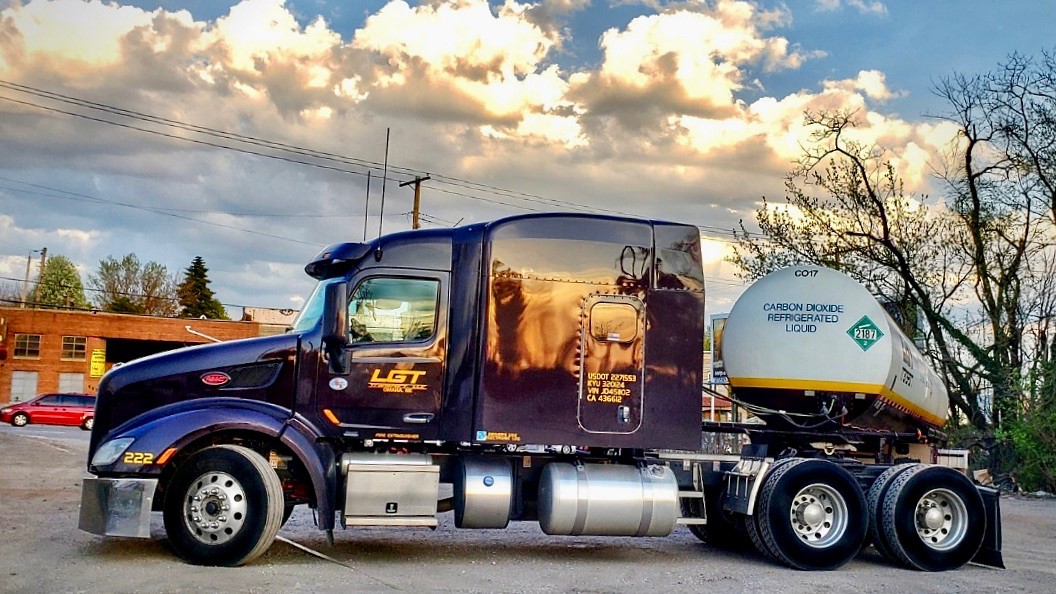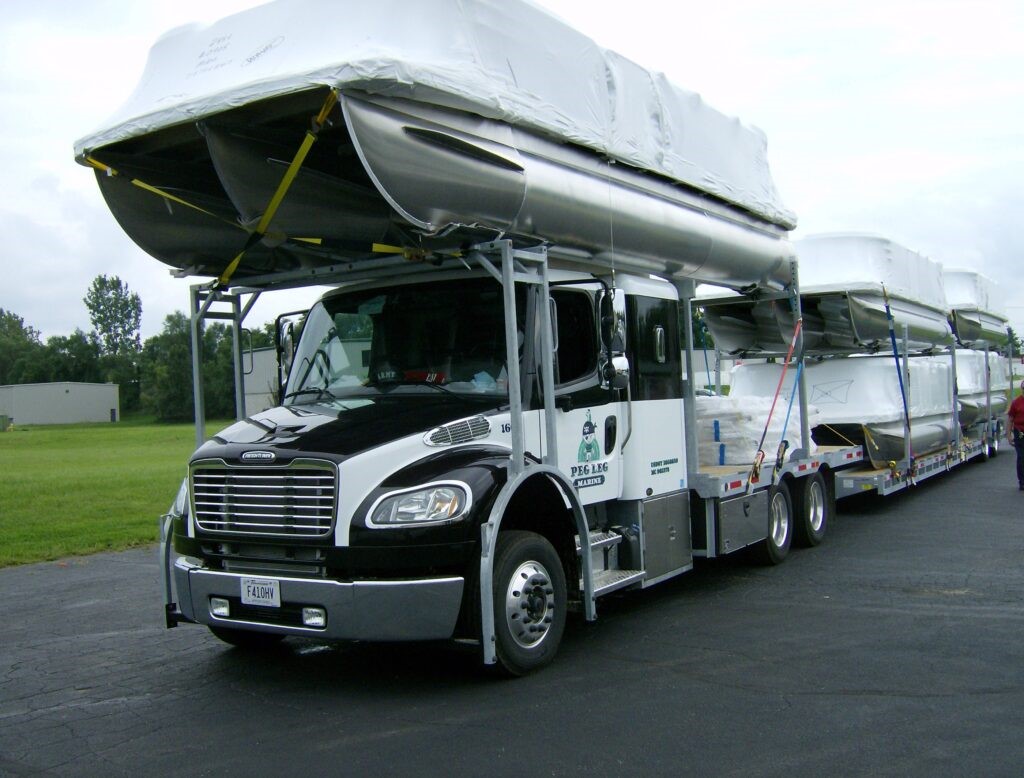Table of Contents
Introduction
If you’re aiming to obtain a CDL Class B license, you’re on track to operate mid-sized commercial vehicles. This license qualifies you to drive vehicles with a gross vehicle weight rating (GVWR) exceeding 26,000 pounds, towing trailers under 10,000 pounds.
To obtain your CDL Class B, you need to meet specific requirements set by your state’s Department of Motor Vehicles (DMV) or equivalent authority. First, ensure you meet the prerequisites, including holding a valid non-commercial driver’s license and being at least 18 years old (21 for interstate driving).
Generally, the process requires you to take a written knowledge test covering topics like vehicle inspection, basic control skills, and on-road driving. After passing the written test, you need to demonstrate your driving skills through a road test in the same class of vehicle you intend to operate.
Additionally, you’ll undergo a medical examination to ensure you meet the physical requirements for driving commercial vehicles.
How to Get a CDL Class B:
- Prepare Necessary Documents
- Study for Written Exam
- Schedule Written Test
- Pass Written Test
- Practice Driving Skills
- Pass Skills Test
- Undergo Medical Examination 8. Obtain Your CDL Class B License
Recap
1. Prepare Necessary Documents
To kickstart your journey toward obtaining a CDL Class B, you need to gather essential documents. First off, ensure you have your standard driver’s license. It is the license you got for your personal vehicle.
Then, gather your Social Security card. Your driving record is crucial too; it shows how responsible you are on the road. Make sure it’s clean as violations might make things tougher.
Depending on your state, you might need proof of residency. You can use documents such as utility bills, a lease for your residence, or official mail addressed to you at your current address to verify where you live.
Don’t forget about cash; you’ll need that for the fees. Organizing these documents upfront streamlines your application process, making it smoother when you’re ready to dive into the CDL Class B pursuit. Make sure you double-check your state’s specific requirements, as it can vary.
>>>MORE: How to Get a CDL for Free
2. Study for Written Exam
It’s crucial you study for the CDL Class B written exam as it is your ticket to hitting the road with bigger wheels. First things first, you need the official CDL manual. It’s your guide for this phase, covering everything from road rules to vehicle maintenance.
Make sure you dive into the chapters, take notes, and focus on sections specific to Class B vehicles such as air brakes. You should take as many practice tests as you can. It’ll reveal where you’re strong and where you need extra work.
Don’t rush; absorb the material—you’re building the foundation for your safe and skilled driving career. When you understand the rules of the road and the particulars of operating a Class B vehicle, you set yourself up for success during the written exam.
3. Schedule Written Test
Now that you’ve prepped for the CDL Class B written test, it’s time you schedule a written test. you have two options for scheduling your CDL Class B written test. You can physically go to your local Department of Motor Vehicles (DMV) office and schedule the test in person, or you can use the online services if available.
Look for available dates for the CDL Class B written exam. Consider your schedule; pick a time that suits you best. Don’t forget to check what documents you need to bring along. Stay on top of it—you don’t want any surprises on test day.
Some states might require an appointment, so make sure you’re clear on that. Double-check the location too so you don’t end up in the wrong place. Once you get the date, mark it on your calendar. Treat it like a mission, because nailing this test is your next step to cruising with a Class B license.
4. Pass Written Test
You need to conquer that written test and move closer to your CDL Class B. Approach the test with confidence. Read each question carefully, ensuring you understand what you’re being asked. Take your time; rushing might lead to errors.
If you’re unsure, don’t stress. Mark it and come back later; sometimes other questions can help you jog your memory. Remember, it’s not just about passing; it’s about understanding the rules of the road and commercial vehicle operation.
Focus on areas you struggled with during your study sessions; reinforcement is key. Make sure you aim for a solid score and double-check your answers before you submit. Keep in mind, passing this written test means you’ve ticked off a significant milestone toward obtaining that prized CDL Class B license.
5. Practice Driving Skills
It’s time you roll up your sleeves and get behind the wheel. You need to hone those driving skills to nail the CDL Class B. Find a practice vehicle that matches the Class B criteria—think delivery trucks, box trucks, or buses.
You should familiarize yourself with its dimensions, controls, and blind spots. Remember, it’s bulkier than your average car. Practice maneuvering—navigating turns, reversing, and parking.
Get comfortable with using mirrors and signaling because communication is key. You can simulate real-world scenarios by driving in various conditions such as city streets, highways, and tight spaces. Make sure you work on your awareness—keep an eye on traffic, pedestrians, and potential hazards.
Don’t shy away from seeking guidance from experienced drivers; tips from them can be invaluable. The more time you spend practicing, the more confident and competent you’ll become behind the wheel of a Class B vehicle.
6. Pass Skills Test
You’re almost there—time to show off your driving skills! The skills test for the CDL Class B is your chance to shine. Before you start, conduct a pre-trip inspection; show the coordinator you know your vehicle inside out.
Follow instructions closely during the test—it’s your moment to demonstrate what you’ve learned. Maneuver through the course smoothly, remembering to use your mirrors and signals. Don’t rush—accuracy matters more than speed.
You should nail those parking and backing exercises because precision is key. Keep your cool and stay focused—even if you make a minor error, don’t let it throw you off track.
Remember, confidence matters; believe in your abilities. Once you complete the skills test, celebrate silently inside; you’re on your way to securing that CDL Class B.
7. Undergo Medical Examination
After passing the skills test, you must go for a medical checkup—an important step in your CDL Class B journey. You must pass a Department of Transportation (DOT) physical exam.
Find a certified medical examiner listed by the Federal Motor Carrier Safety Administration (FMCSA). This exam ensures you’re fit for the road; it covers vision, hearing, blood pressure, and overall health. Expect a urine test too; it screens for drugs.
Remember to bring any required medical documents, like prescription information or waivers if applicable. The examiner assesses your physical abilities, making sure you’re in good shape to handle the demands of operating a commercial vehicle.
Stay honest about your health history—it’s crucial for your safety and the safety of others on the road. Once you pass this medical exam, you’re fit to secure that coveted CDL Class B license.
>>>PRO TIPS: How to Get a CDL Class C
8. Obtain Your CDL Class B License
Congratulations! You’ve made it to the final lap of your CDL Class B journey. Now it’s time you officially obtain that prized license. Head over to your local Department of Motor Vehicles with all your documentation: your standard driver’s license, medical certificate, test results, and any other necessary paperwork.
Inform the staff that you’ve successfully completed all the requirements for the CDL Class B. Pay the required fees—consider it the last checkpoint on this road to success. Once you settle the fees, brace yourself for that satisfying moment when you receive your CDL Class B license.
It’s a testament to your dedication and hard work. Make sure you adhere to all regulations and keep honing your skills for a safe and rewarding career on the road. Always stay updated with any new regulations or changes to ensure you’re always driving within the legal boundaries.
Recap
If you’re aiming for a CDL Class B license, gather your documents, study hard, and schedule the written test. Practice driving, pass both tests, and ace the medical exam. Then, head to the DMV, pay fees, and voila! You’ve earned your CDL Class B—ready to roll on the roads professionally!
